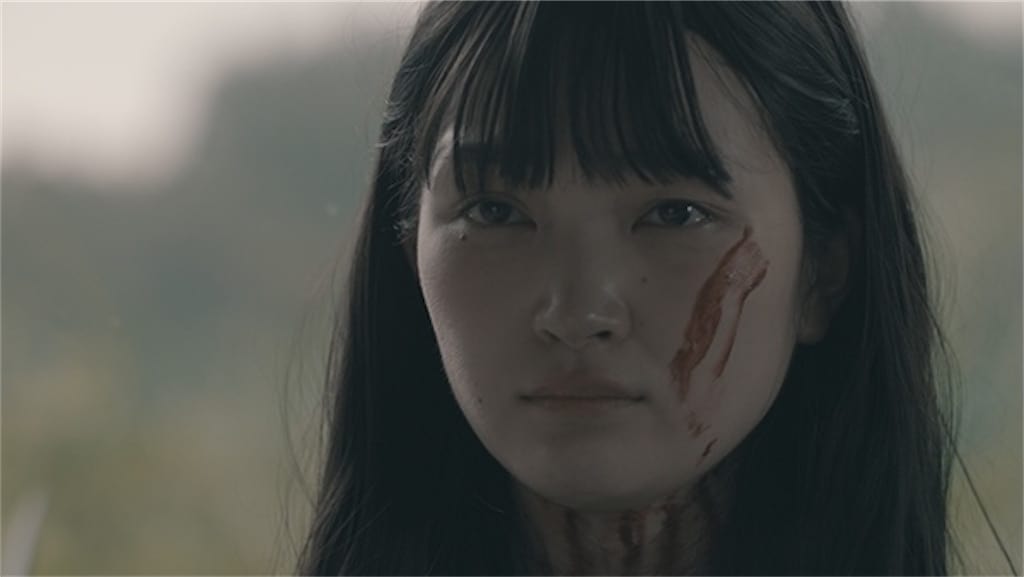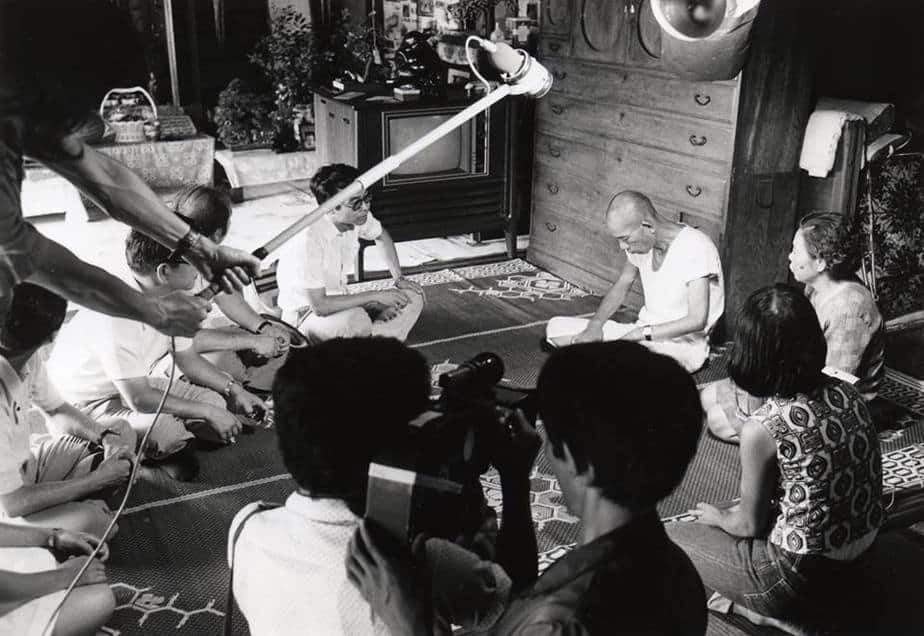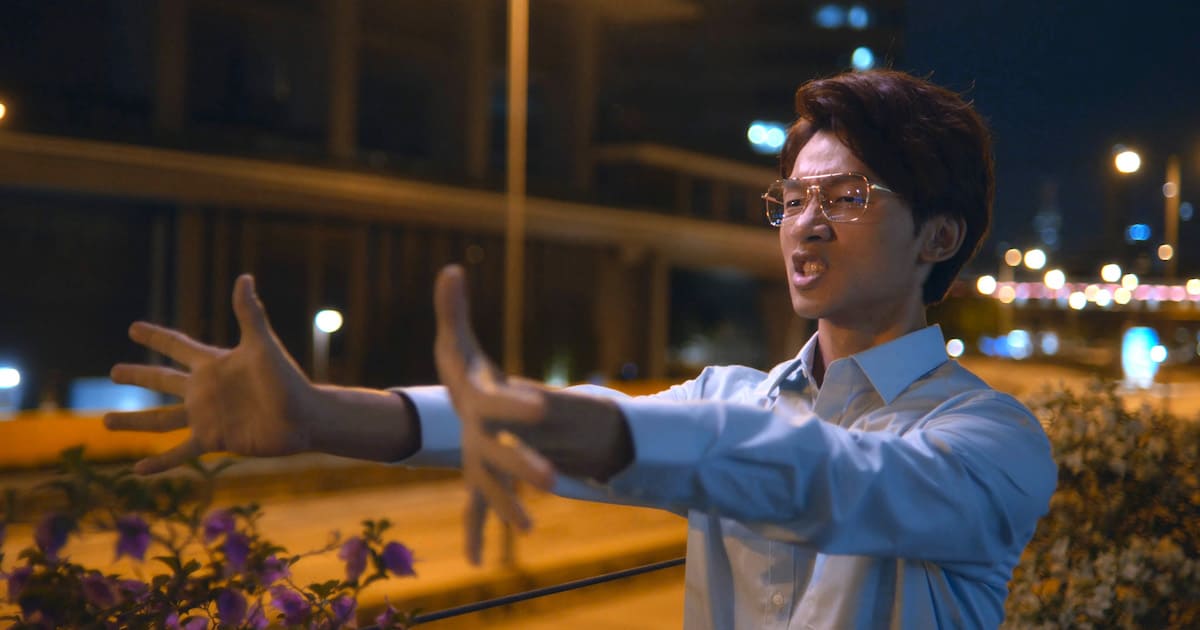Time loop films have been a recurring theme in international cinema, with “Groundhog Day” probably being the most famous. In Japan, a prominent sample of this subgenre is the anime “Higurashi: When They Cry” which was also adapted as a live action movie. And I am mentioning this, since Yoshio Kato seems to have been influenced by anime, as “3ft Ball and Souls” also bears some resemblance to “Gantz”, although the essence of the movie is quite different from the aforementioned titles. Let us take things from the beginning, though.
The story begins in a secluded cabin, where Happa, a middle-aged man is sitting along a 3-feet firework ball. Soon, two other people arrive, a young man nicknamed Baby Doll and a middle-aged woman named Tsubasa. It is soon revealed that all three are members of an internet suicide chat room named “Life Club” and are here to commit suicide, using the aforementioned ball. However, when the fourth member, Tsukiko arrives a bit later and is revealed to be a high school girl, the men in the group are shocked and try to persuade her to change her mind. Their treatment makes the girl mad, and she proceeds on pushing the button that ignites the bomb, killing all four in the process.

However, Happa soon finds himself reliving the same event from the beginning, actually remembering what has happened just a few moments before. As he presumes that, in order to escape the time continuum, he has to prevent Tsukiko from killing herself, he tries to change the previous chain of events, but repeatedly fails, with the story starting from the beginning all over again. Furthermore, each time the events are repeated, an additional member of the group seems to have recollection of what has happened in the cabin. Eventually, the four of them start revealing the reasons that led them to suicide.
Yoshio Kato directs a film that begins as a sci-fi one, but is soon revealed that the fantasy element is just a base for a number of social comments, mostly revolving around despair and the reasons that lead people to it. In that fashion, the four characters represent 4 different reasons that lead to hopelessness, and subsequently, suicidal tendencies. I will not reveal who represents what (I kind of do actually), but the reasons are financial and professional issues, depression, guilt and regret, and bullying and the hardships of teenage life. Through flashbacks of the four protagonist lives, Kato presents these factors quite eloquently, while trying to convey a message that all is never lost and that suicide is definitely not a solution.

Overall, the film has a dramatic base, but Kato decided to focus on entertainment, retaining a rather light tone for the most part, in a tactic that eventually faults the impact of his message. The same applies to the ending of the story, which is almost more far-fetched than the time-loop part, in a regular “fault” of contemporary Japanese directors, who seem to have an issue with overextended endings.
On the other hand, Kato's aim at entertaining his audience succeeds to the fullest, as the combination of anime-style sci-fi and social commentary, along with some small dosages of humor, works quite well in the narrative. This aspect is benefitted the most by the characters, which, through the initial setting and the flashbacks that reveal their actual situation, are analyzed to the fullest, as they also represent different demographic groups and the issues each faces. In that fashion, all actors are quite convincing in their respective parts, headed by another great performance by Kanji Tsuda as Happa, although Honoka Murakami as Tsubasa, Minehiro Kinomoto as Baby Doll and Shinobu Tsuji as Tsukiko have very little to be jealous of his performance. Their chemistry, which is mostly presented through their repeated physical and vocal clashes, is also evident and one of the best aspects of the film. This is also benefitted by the single location that most of the movie takes place in, which also gives the production a stage-play feel.
“3ft Ball and Souls” is a strange movie to review. The premises of a great story and a great film seem to be here, but some faults here and there (particularly in the narrative choices) strip the film of the impact that could have made it great. As pure entertainment though, it definitely succeeds.















